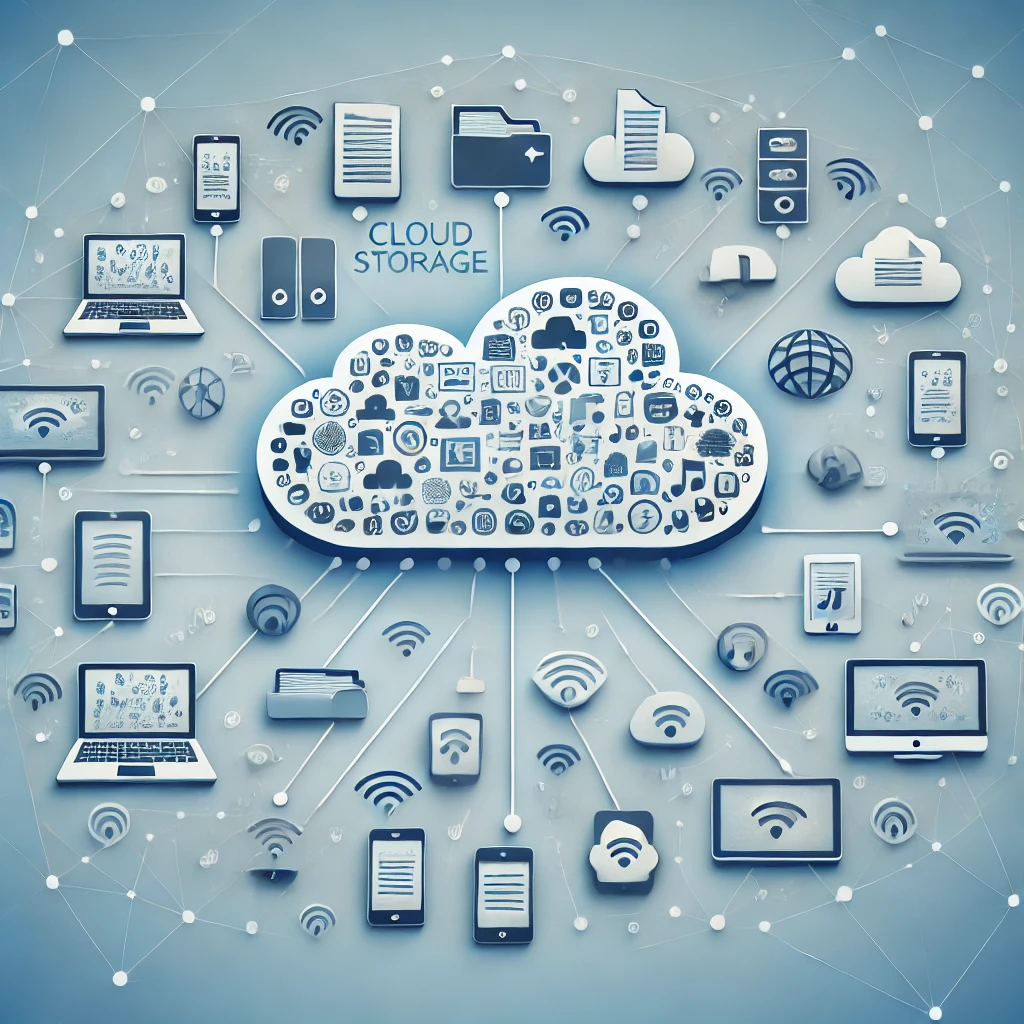The Shared Responsibility Model: A Guide to Cloud Security

Categories:
4 minute read
Understanding the Shared Responsibility Model
The shared responsibility model is a fundamental concept in cloud computing that outlines the division of security responsibilities between cloud service providers (CSPs) and their customers. It underscores the idea that while CSPs are responsible for securing the underlying cloud infrastructure, customers are accountable for securing their data, applications, and access controls within the cloud environment.
Key Components of the Shared Responsibility Model
The shared responsibility model is typically divided into three layers:
Physical Infrastructure: CSPs are responsible for securing the physical infrastructure of their data centers, including hardware, networking equipment, and physical security measures.
Cloud Services: CSPs also manage the security of the cloud services they provide, such as infrastructure as a service (IaaS), platform as a service (PaaS), and software as a service (SaaS). This includes ensuring the security of the underlying operating systems, virtualization layers, and network infrastructure.
Customer Data and Applications: Customers are responsible for securing their own data, applications, and access controls. This includes tasks such as:* Data Classification: Identifying and classifying data based on sensitivity and regulatory requirements.
Data Encryption: Encrypting sensitive data to protect it from unauthorized access.
Access Controls: Implementing strong access controls to limit who can access and modify data and applications.
Patch Management: Keeping operating systems and applications up-to-date with the latest security patches.
Network Security: Configuring firewalls and other network security measures to protect against unauthorized access.
the Shared Responsibility Model in Different Cloud Service Models**
The specific responsibilities of CSPs and customers can vary depending on the cloud service model being used:
Infrastructure as a Service (IaaS): Customers have the most control over the cloud environment, including the operating system, applications, and network configuration. They are responsible for most security tasks.
Platform as a Service (PaaS): CSPs provide a platform for customers to build and deploy applications. Customers have less control over the underlying infrastructure, but they are still responsible for securing their applications and data.
Software as a Service (SaaS): CSPs provide a complete application, including the infrastructure and platform. Customers have little or no control over the underlying infrastructure and are primarily responsible for securing their data and user accounts. Benefits of the Shared Responsibility Model
The shared responsibility model offers several benefits, including:
Reduced Security Burden: By sharing responsibility for security, CSPs can help customers reduce their overall security burden.
Increased Scalability: Cloud-based solutions can be easily scaled up or down to meet changing needs, making it easier to manage security risks.
Improved Security Practices: CSPs often have specialized security expertise and can implement best practices that may be difficult for customers to achieve on their own.
Cost Savings: By leveraging the economies of scale of cloud providers, customers can often achieve cost savings on security measures. Challenges and Considerations
While the shared responsibility model offers many benefits, it also presents some challenges:
Clear Communication and Collaboration: It is essential for CSPs and customers to have clear communication and collaboration to ensure that both parties understand their respective responsibilities.
Complexity: The shared responsibility model can be complex, especially for organizations that are new to cloud computing.
Risk Management: Customers must carefully assess and manage the risks associated with the shared responsibility model, including the potential for data breaches and other security incidents. Best Practices for Implementing the Shared Responsibility Model
Understand Your Responsibilities: Clearly define the security responsibilities of both your organization and the CSP.
Develop a Security Plan: Create a comprehensive security plan that outlines your organization’s security strategy and procedures.
Regularly Review and Update: Review and update your security plan regularly to address changing threats and requirements.
Choose a Reputable CSP: Select a CSP with a strong security track record and a commitment to compliance.
Monitor and Respond: Continuously monitor your cloud environment for security threats and respond promptly to any incidents.
Stay Informed: Stay informed about the latest security threats and best practices. Conclusion
The shared responsibility model is a fundamental concept in cloud computing that outlines the division of security responsibilities between CSPs and their customers. By understanding the key components of the shared responsibility model and implementing best practices, organizations can effectively manage security risks and protect their data and applications in the cloud.
Feedback
Was this page helpful?
Glad to hear it! Please tell us how we can improve.
Sorry to hear that. Please tell us how we can improve.